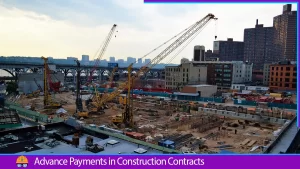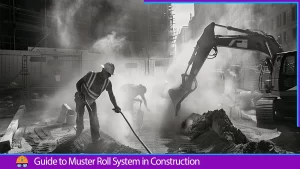Construction sites are hazardous environments where workers are exposed to various risks and potential dangers. To ensure the safety of construction crews, one critical aspect that must be emphasized is the proper use of Personal Protective Equipment (PPE). In this article, we will explore the importance of PPE in construction zones and its role in keeping workers safe.
What is Personal Protective Equipment?
Personal Protective Equipment (PPE) refers to specialized clothing, equipment, or gear designed to protect individuals from potential hazards and risks in various environments. In the construction industry, it plays a vital role in safeguarding workers from various hazards and potential risks encountered on construction sites. Construction sites can be dangerous environments with numerous potential dangers, such as falling objects, flying debris, hazardous materials, and other physical or environmental hazards.
The utilization of personal protective equipment (PPE) in construction is mandated by the Occupational Safety and Health Administration (OSHA) for a compelling reason. PPE acts as the final line of defence against accidents in situations where risks cannot be fully eliminated through engineering or administrative controls.
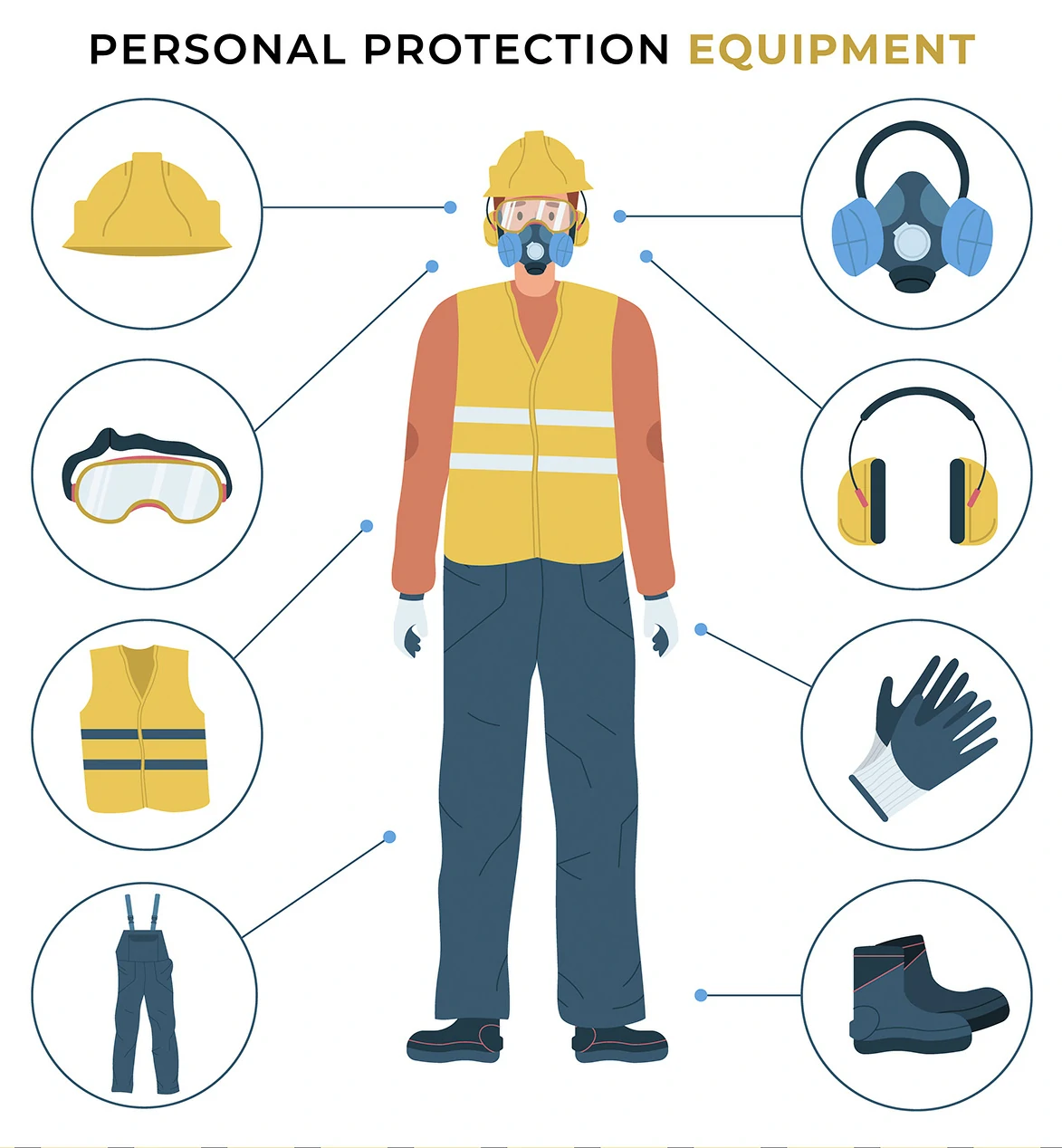
Understanding the Purpose of PPE:
The primary purpose of PPE is to safeguard the wearer’s health and safety by minimizing exposure to harmful substances, physical dangers, or infectious agents. Therefore, construction workers must use appropriate PPE to protect themselves from these potential threats. These include items such as hard hats, safety glasses, earplugs, gloves, high-visibility vests, and steel-toed boots, among others.
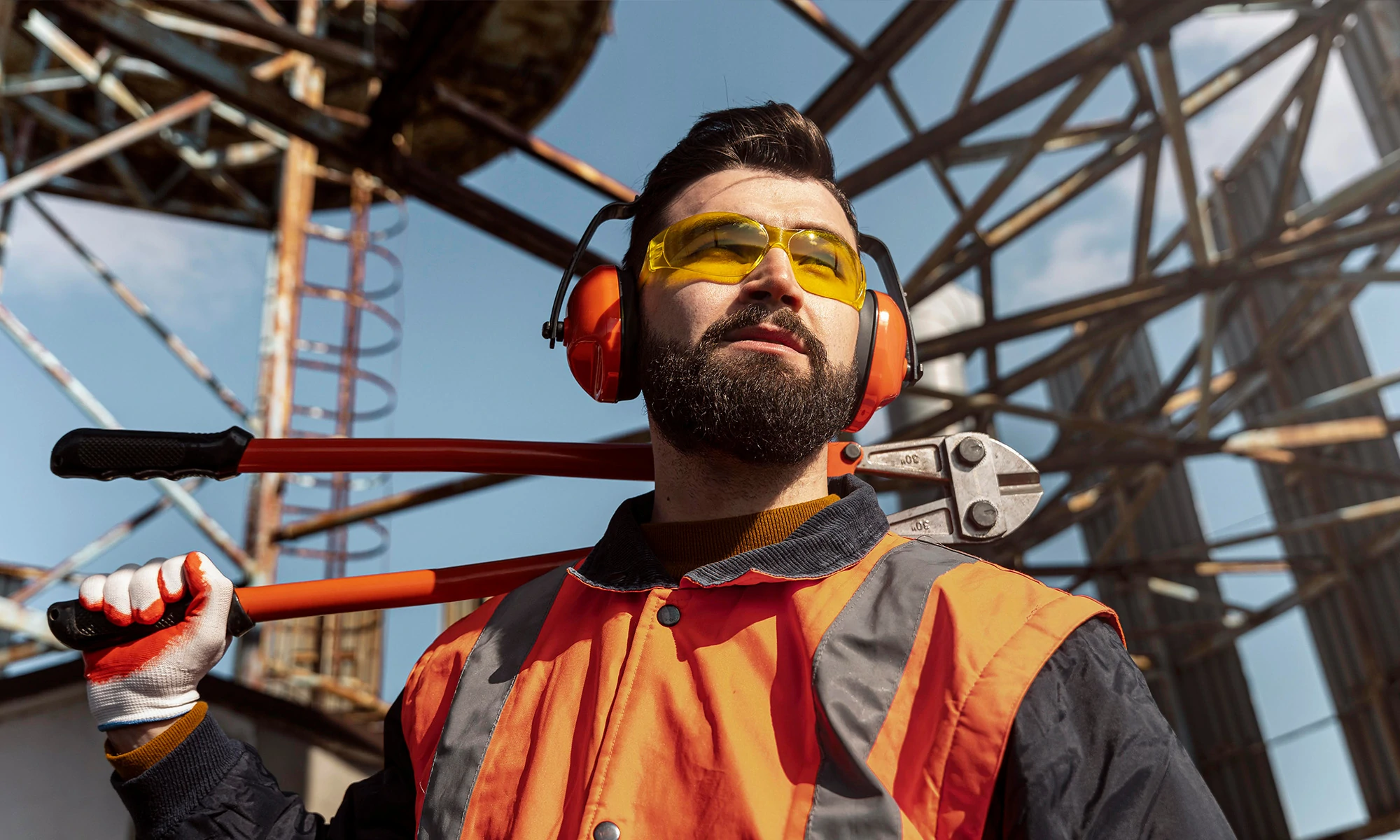
Varies Types of PPE for Construction Workers
Each piece of PPE serves a distinct purpose and contributes to overall worksite safety.
Head Protection with Helmet (Hard Hats):
Head injuries are a significant concern in construction zones due to falling objects and potential impacts. Hard hats are essential to protect workers from head injuries and must be worn at all times while on-site. Employers should ensure that hard hats meet safety standards and are regularly inspected for any signs of damage.
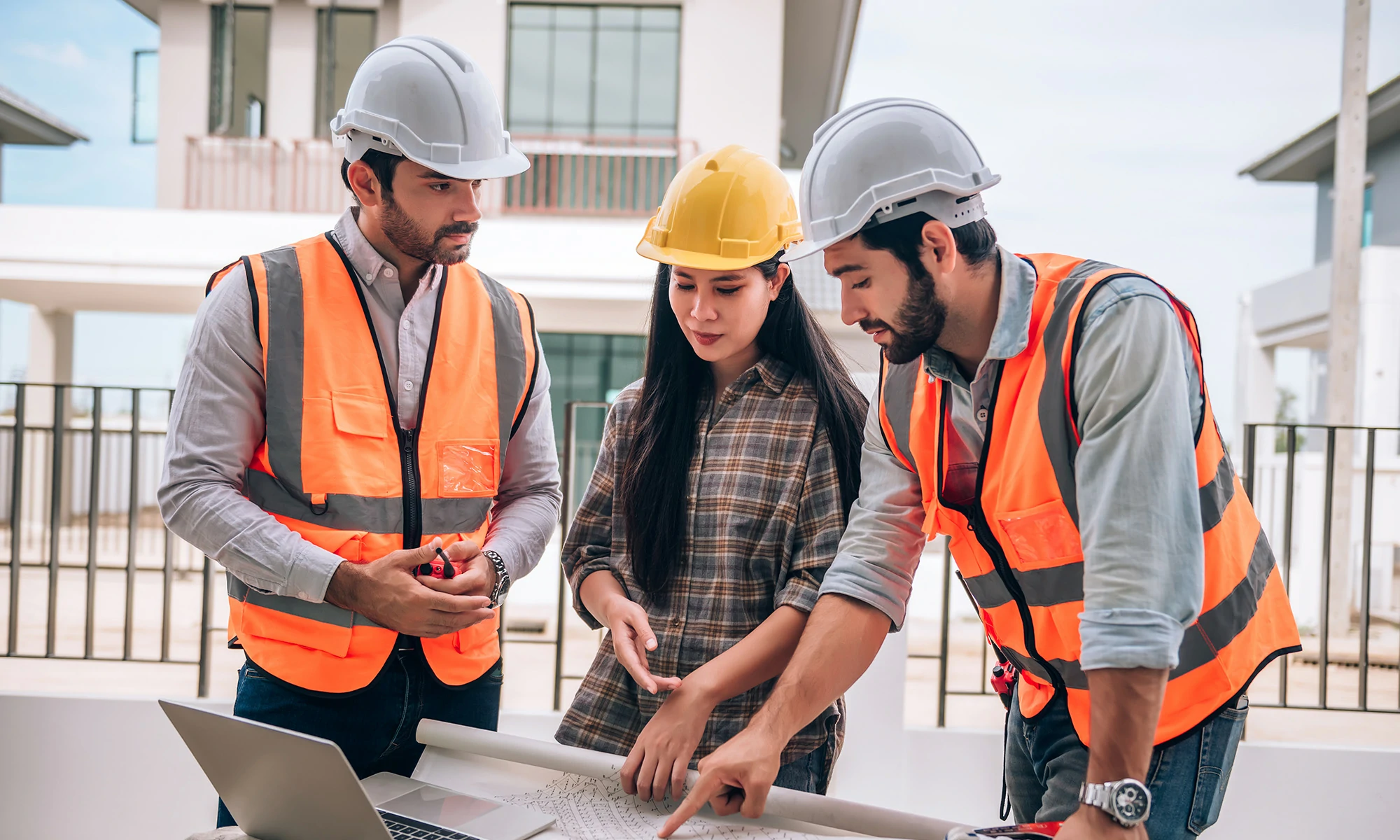
Eye and Face Protection:
Construction workers are often exposed to flying debris, dust, and other particles that can cause eye injuries. Safety glasses and face shields are vital in preventing eye injuries and maintaining clear vision while working with tools or near hazardous materials. For example, a Welding helmet must be worn during the welding operation to protect the eye and face from radiation, hot slag, and flying particles.
In the image below, a man is wearing a face and eye protection shield during the welding operation.
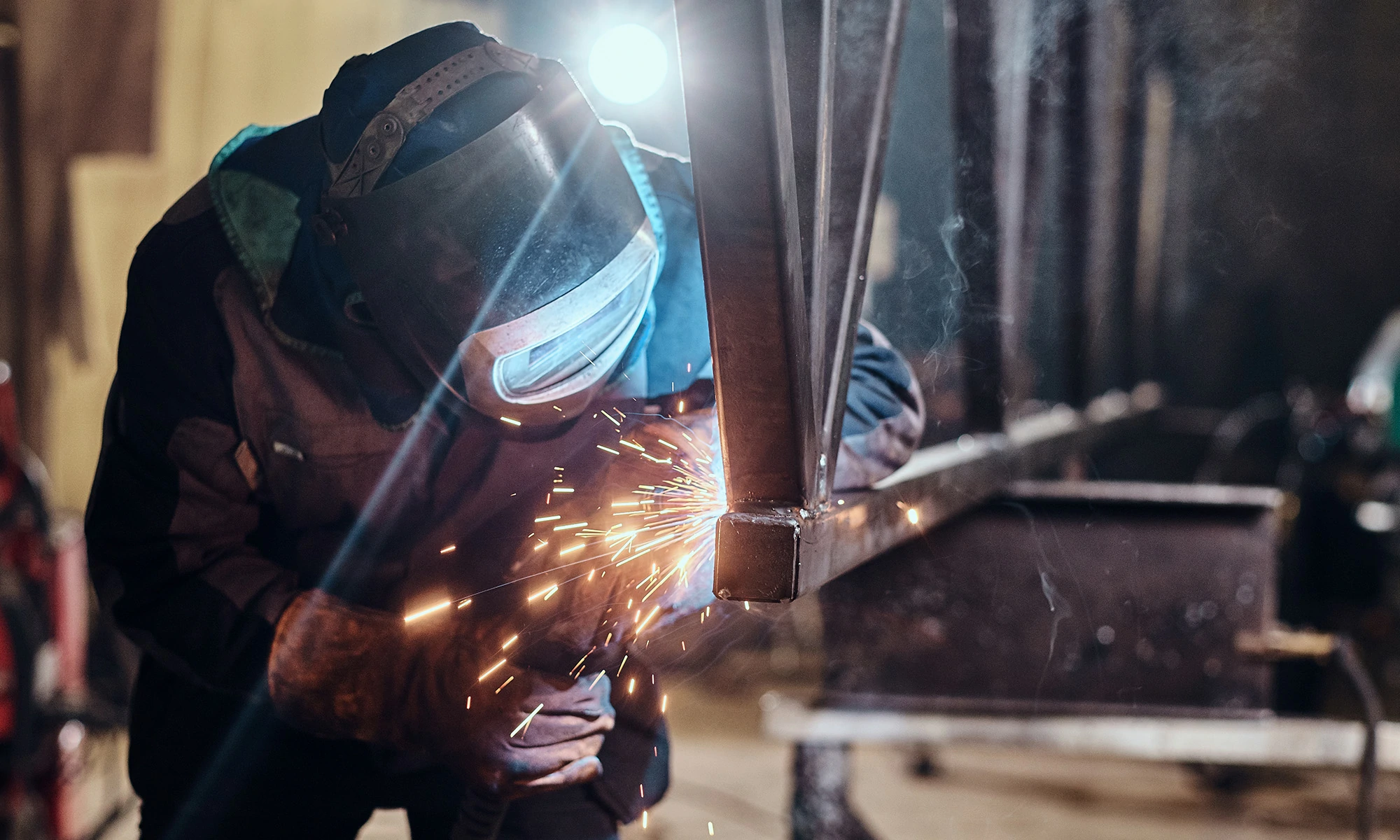
Hearing Protection:
Construction sites are loud environments with continuous noise from equipment and machinery. Prolonged exposure to such noise can lead to hearing loss. Workers should wear appropriate ear protection, such as earplugs or earmuffs, to safeguard their hearing.
Also, read: Top 10 Road Construction Equipment
Hand Safety:
Hands are susceptible to injuries while handling sharp tools, machinery, or materials. Proper gloves, suited to the specific tasks performed, can prevent cuts, abrasions, and chemical exposures, thereby reducing the risk of hand-related incidents.
High-Visibility Clothing:
Construction sites are often crowded with moving equipment and vehicles. High-visibility vests or clothing ensure that workers are easily seen by others, including operators of heavy machinery, reducing the risk of accidents and collisions.
Protective clothing:
This can include coveralls, aprons, gloves, gowns, and other garments designed to shield the body from direct contact with hazardous substances or materials.
Respiratory Protection:
Certain construction activities produce harmful airborne substances, such as dust, fumes, or chemical vapours, which can cause respiratory problems. Respirators or masks must be used when working in such conditions to protect workers’ lungs and overall respiratory health.
Foot Protection:
Construction sites often involve heavy materials and potential hazards that can cause foot injuries. Steel-toed boots or other suitable footwear provide necessary protection against crushing, punctures, and other foot-related accidents.
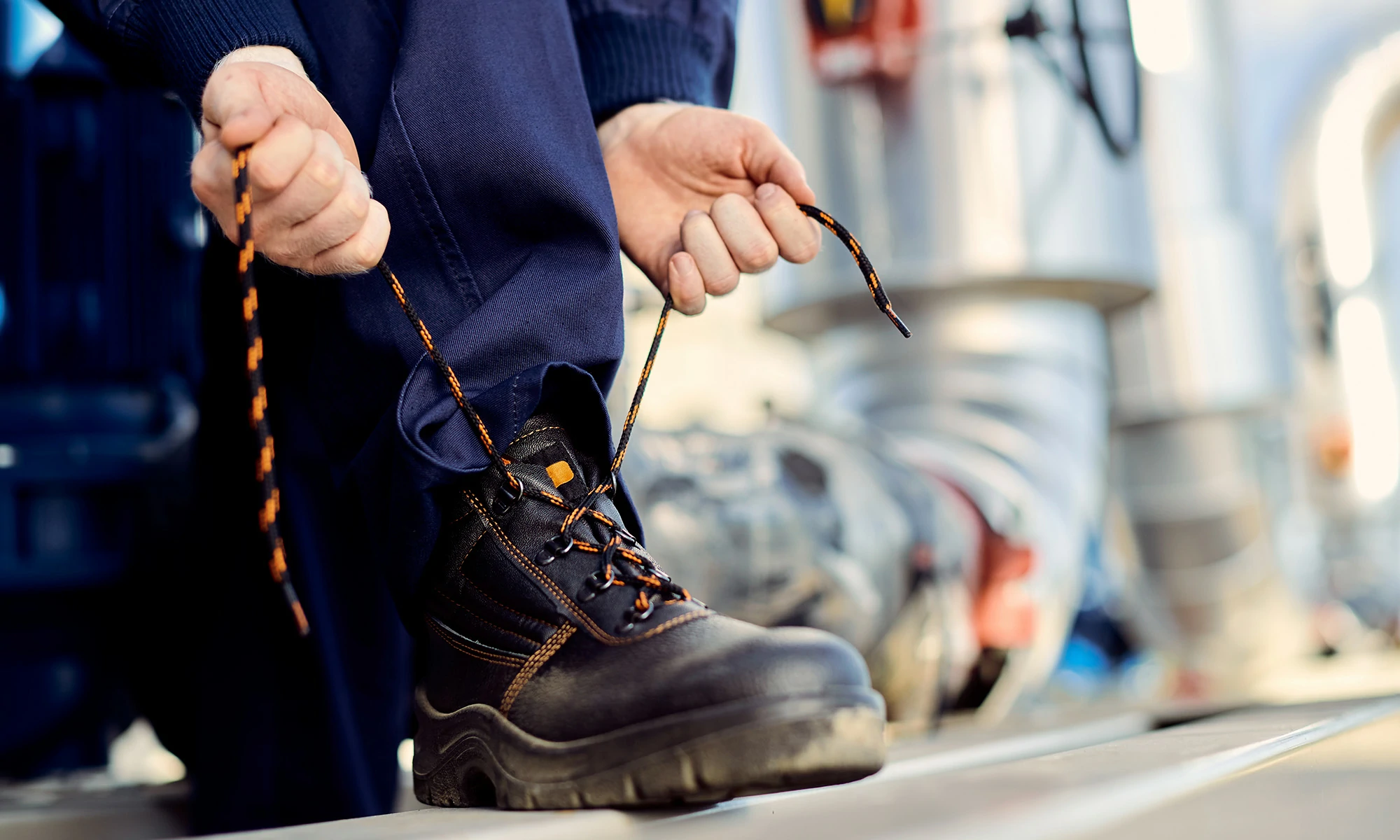
Conclusion:
Incorporating and enforcing the use of Personal Protective Equipment (PPE) is an indispensable aspect of ensuring work zone safety for all construction crews. By providing and educating workers on the proper use of PPE, employers demonstrate their commitment to worker well-being and significantly reduce the risk of accidents and injuries on construction sites. A comprehensive PPE program, coupled with proper training and vigilance, can make construction zones much safer environments for everyone involved.
Also, read: Types Of Estimates in Construction Projects
![]()





